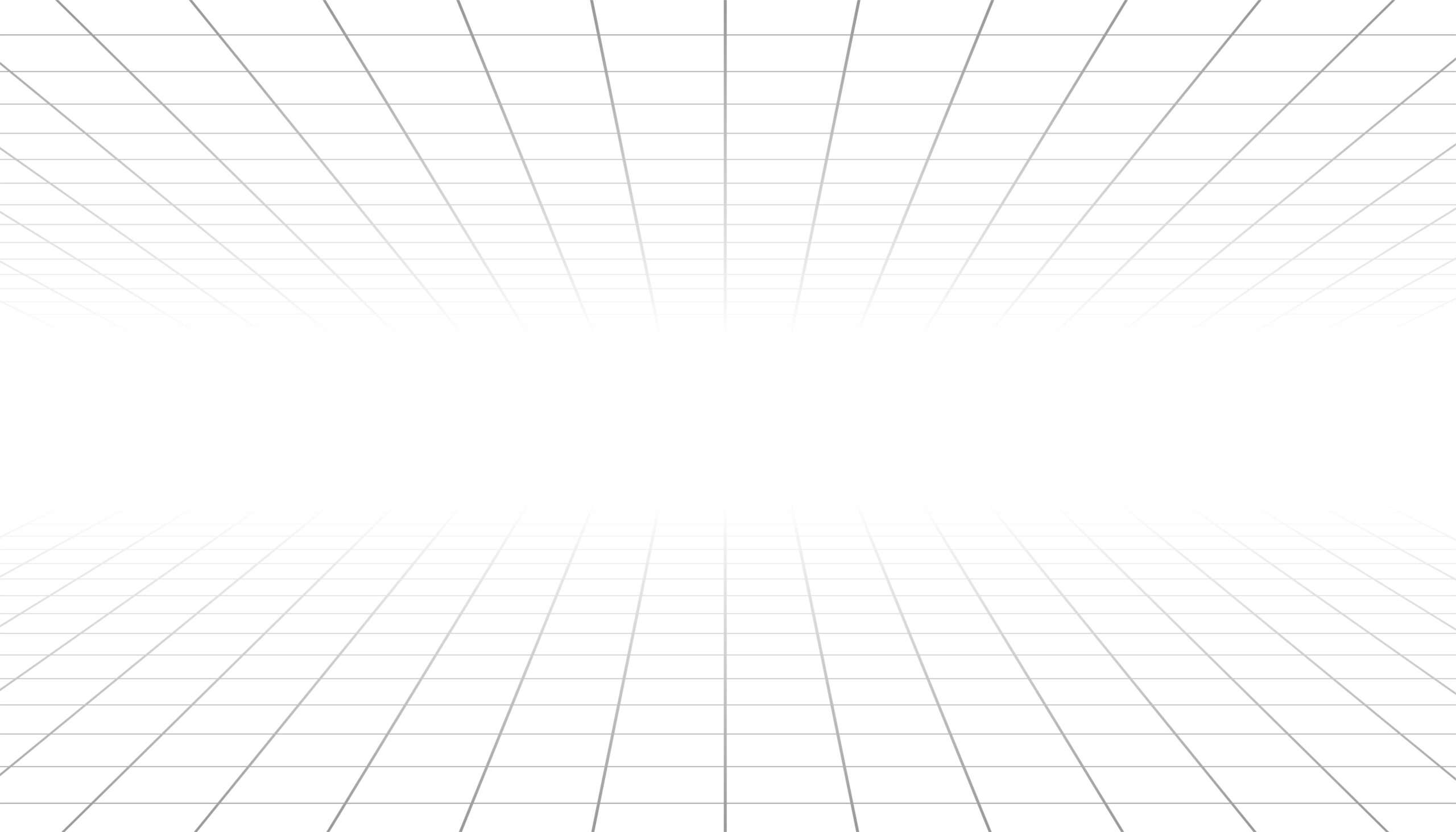Solid wood furniture and flooring are widely appreciated for their natural beauty and durability. However, like any material, solid wood has its limitations. This article delves into the main disadvantages of solid wood, helping you make an informed decision when choosing materials for your home.
1. High Cost
The primary drawback of solid wood is its price. Compared to other materials, solid wood is often significantly more expensive:
- High-quality hardwoods like oak and cherry come with a hefty price tag
- Rare or imported woods are even more costly
- The manufacturing process for solid wood furniture and flooring is more time-consuming and labor-intensive
For budget-conscious consumers, solid wood may not be the most economical choice.
2. Sensitivity to Environmental Conditions
Solid wood is highly responsive to environmental changes, which can lead to several issues:
- Prone to expansion and contraction: Changes in humidity cause wood to absorb or release moisture
- May warp or crack: Drastic temperature and humidity fluctuations can cause deformation
- Requires consistent temperature and humidity: Maintenance costs may be higher
This sensitivity means solid wood may not be suitable for certain climates or usage environments.
3. High Maintenance Requirements
Keeping solid wood furniture and flooring in optimal condition requires regular maintenance:
- Needs periodic waxing or oiling to protect the surface
- Easily scratched, may require sanding and refinishing
- Sensitive to water and liquid spills, requiring prompt clean-up
In contrast, some manufactured materials have lower maintenance requirements, making them more suitable for busy households.
4. Vulnerability to Pests and Decay
Despite treatment, solid wood remains susceptible to:
- Termites and other wood-boring insects that can cause significant damage
- Mold and rot in humid environments
- The need for regular inspection and preventative treatments
These issues can be particularly severe in certain climatic conditions and may lead to expensive repairs or replacements.
5. Weight and Installation Difficulties
Solid wood furniture and flooring are typically heavier than other materials:
- Moving and rearranging furniture can be challenging
- Installing solid wood flooring requires specialized skills and tools
- May not be suitable for certain building structures, such as old houses or high-rise apartments
This weight can limit the use of solid wood in some applications.
6. Color and Texture Changes Over Time
While many appreciate the way solid wood “ages,” this characteristic can also be seen as a disadvantage:
- Exposure to sunlight can cause the color to lighten or darken
- Wood grain may become more pronounced over time
- Different areas may age at different rates, leading to an uneven appearance
For those seeking a consistent look, these changes may be unwelcome.
Conclusion
Solid wood is undoubtedly a beautiful and durable material, but it does come with noteworthy drawbacks. When choosing materials for your home, it’s crucial to weigh these factors against the benefits of solid wood. For some, the natural beauty and longevity of solid wood outweigh these disadvantages. For others, engineered or composite materials might be a better fit.
By fully understanding both the pros and cons of solid wood, you can make an informed decision that best suits your needs, budget, and lifestyle.

发表回复